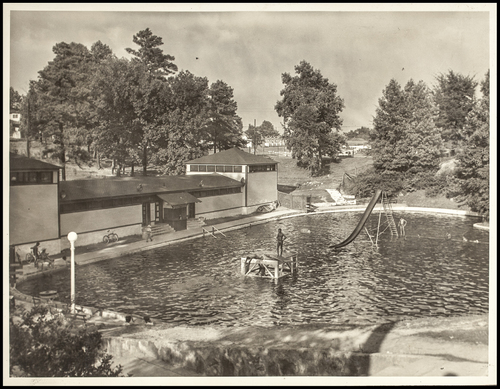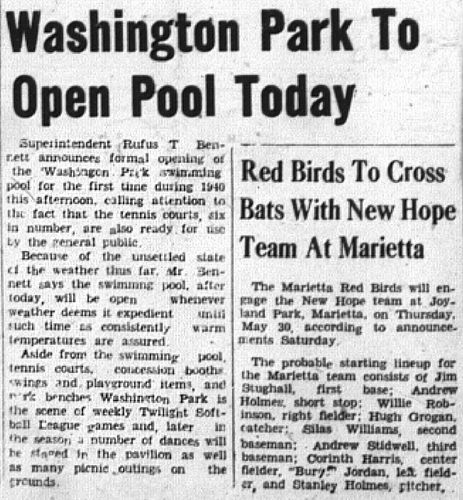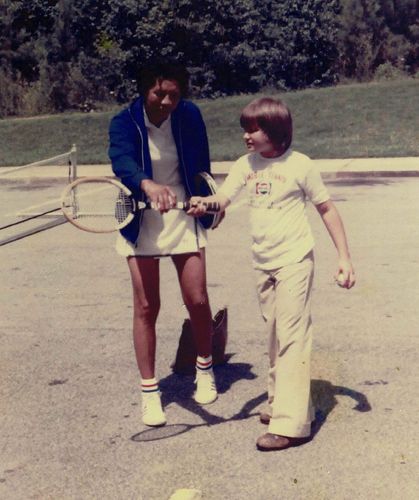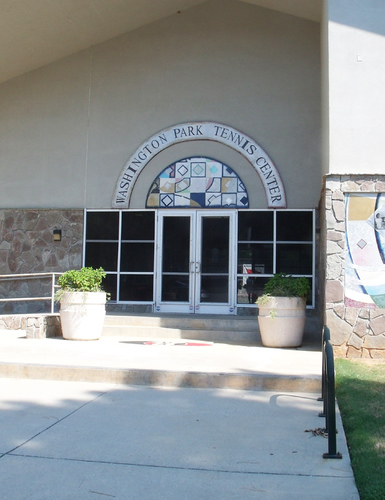Washington Park
Washington Park is the grand centerpiece of the neighborhood bearing its name.
In 1919, a plot of 6.57 acres of land was given to the city of Atlanta to be used as a park for Black residents. The park officially opened to the public the same year. After the initial donation, the City of Atlanta expanded the park with two purchases in 1922 and 1926, totaling an additional 12 acres. One last addition to the land was made in 1928 when David Woodward gifted approximately 7 acres specified as “for additional acreage to Washington park”. Prior to this project, no public parks had been open to the Black community in Atlanta since 1890.
The new park offered not only green space but amenities, including a pool, tennis center, dance hall, and pavilions. The pool was particularly significant, as most public pools across the country became racially segregated during the 1920s and 1930s - either through legislation or by use of violence against any Black citizens who attempted to use these spaces. The limited access to public pools afforded to Black citizens had a significant impact on the number of Black children who learned to swim. By 1927, the pool at Washington Park was one of only five public pools in Atlanta and the only one designated for use by Black residents.
Many of the park’s original structures and elements still stand today: the landscaping, granite retaining walls and entrance gates, pavilions, and tennis courts. Modern additions continue to allow the park to be a focal point of the Washington Park community to this day.







